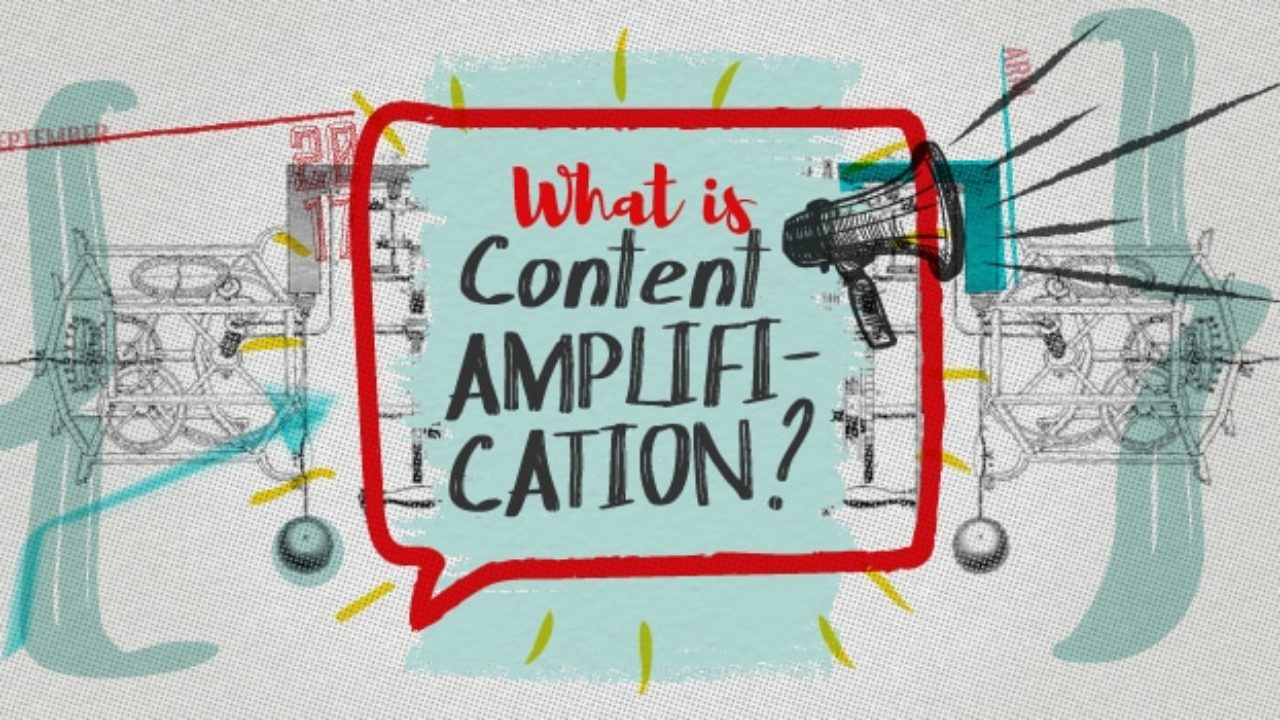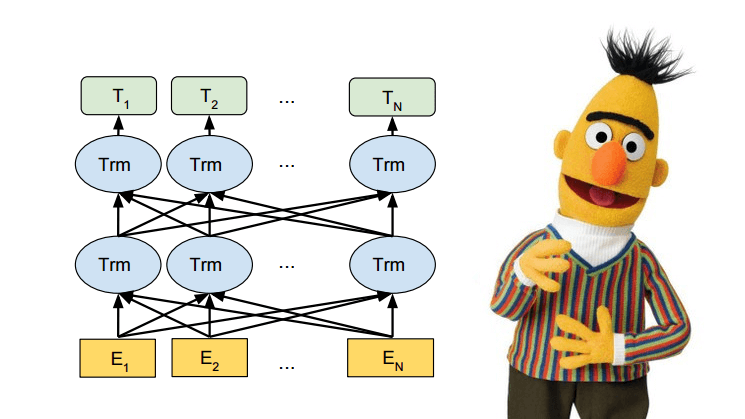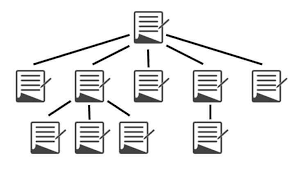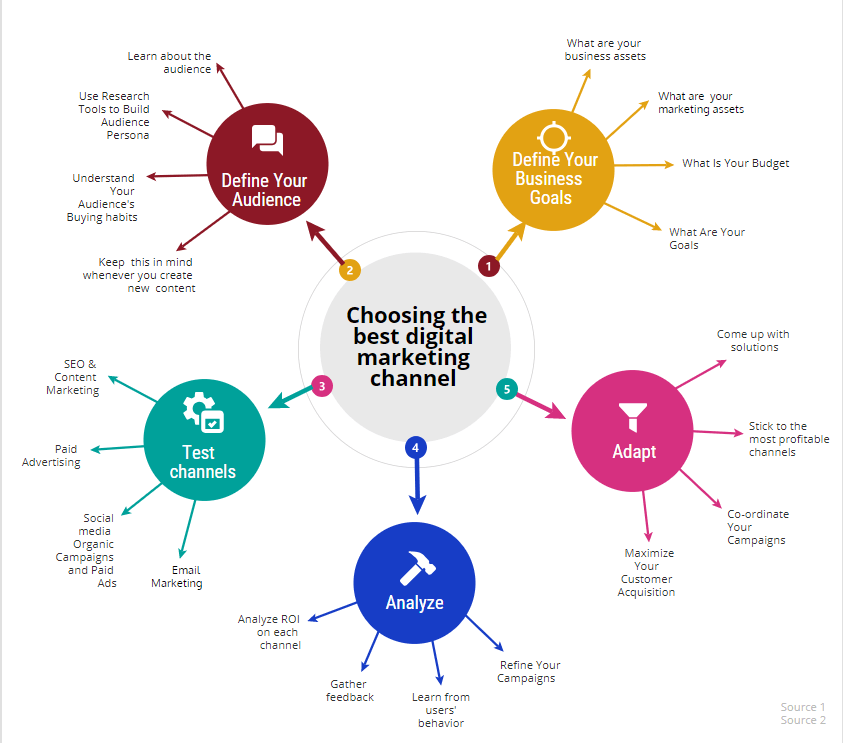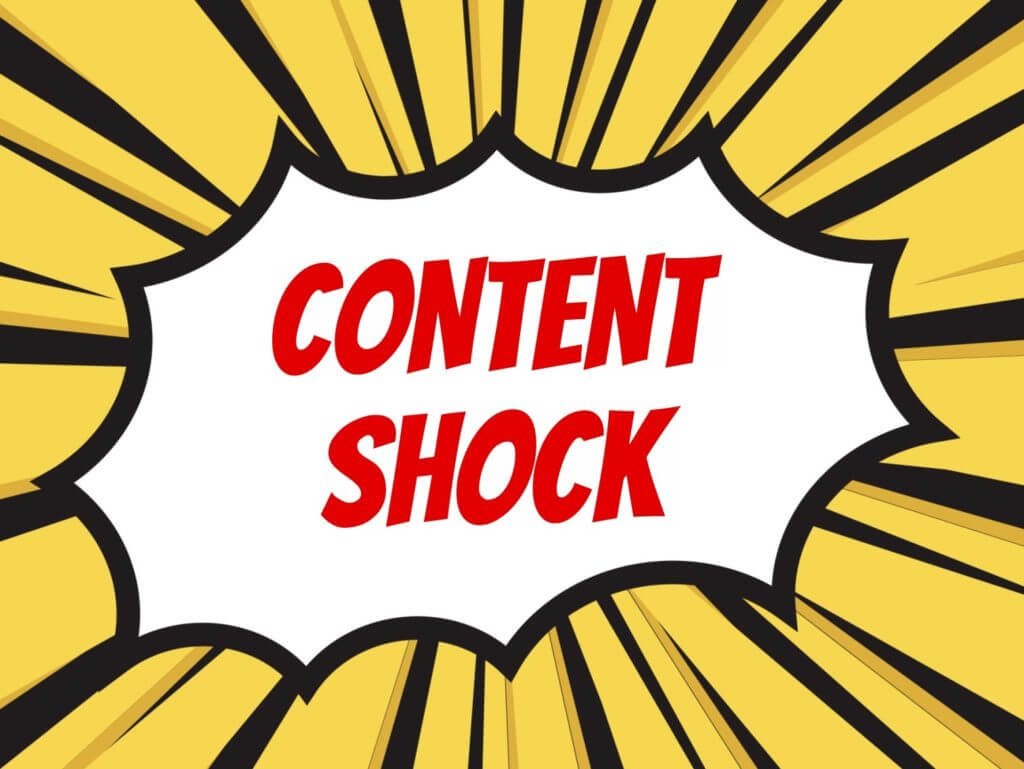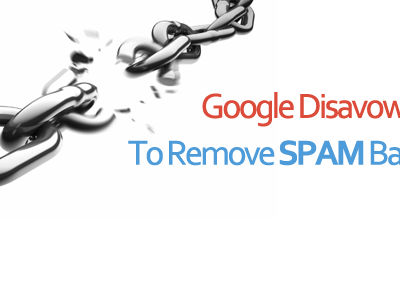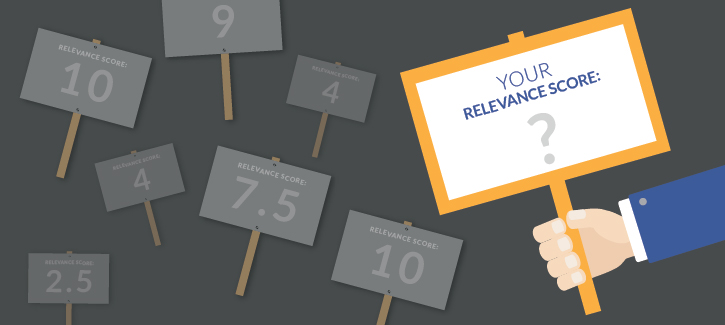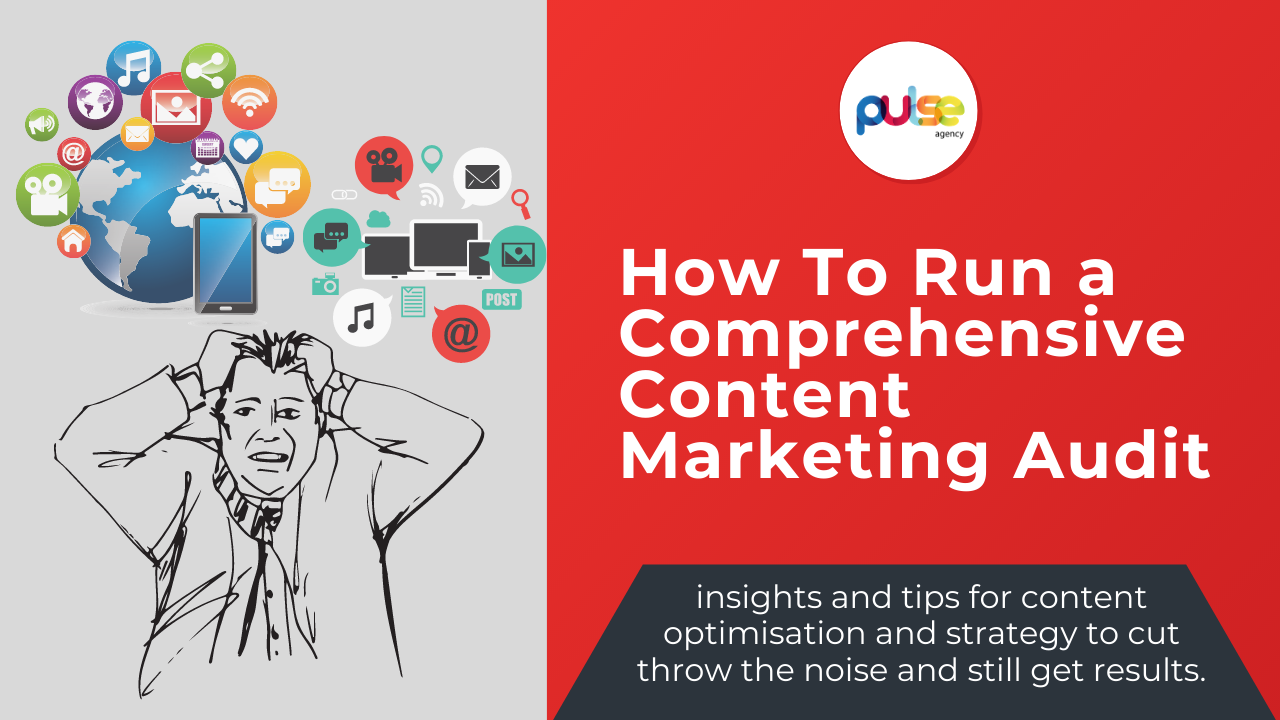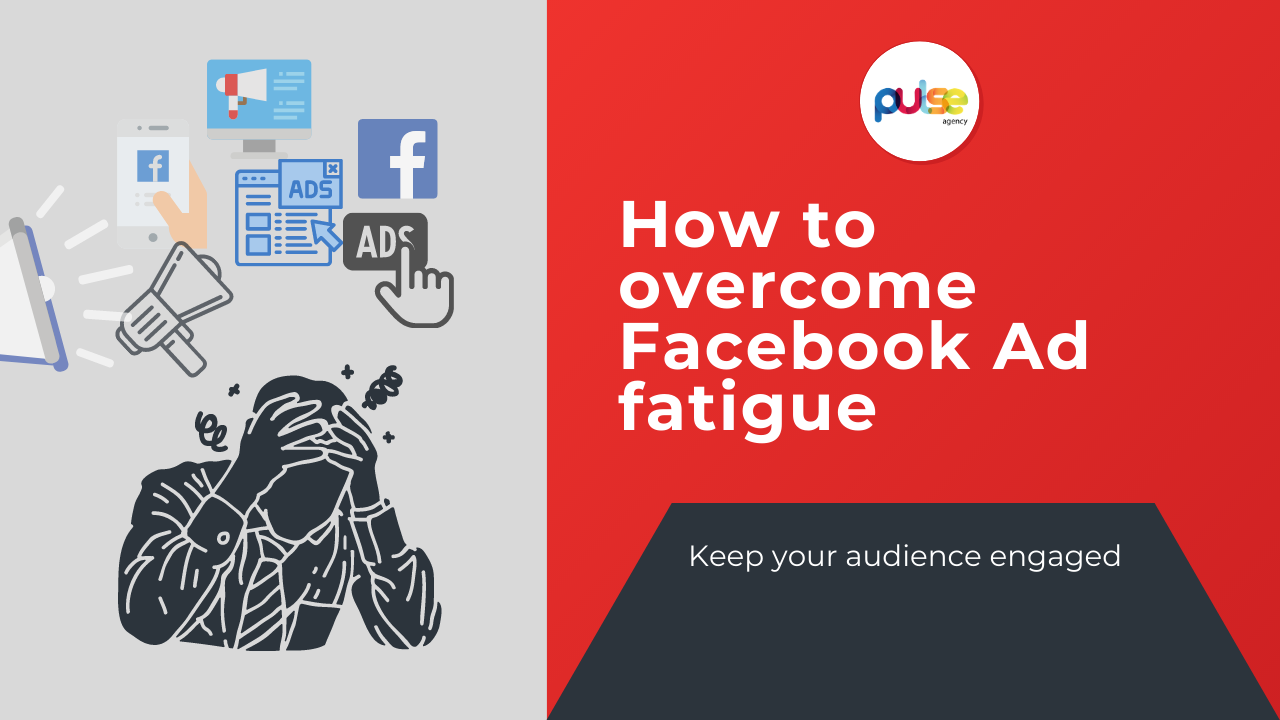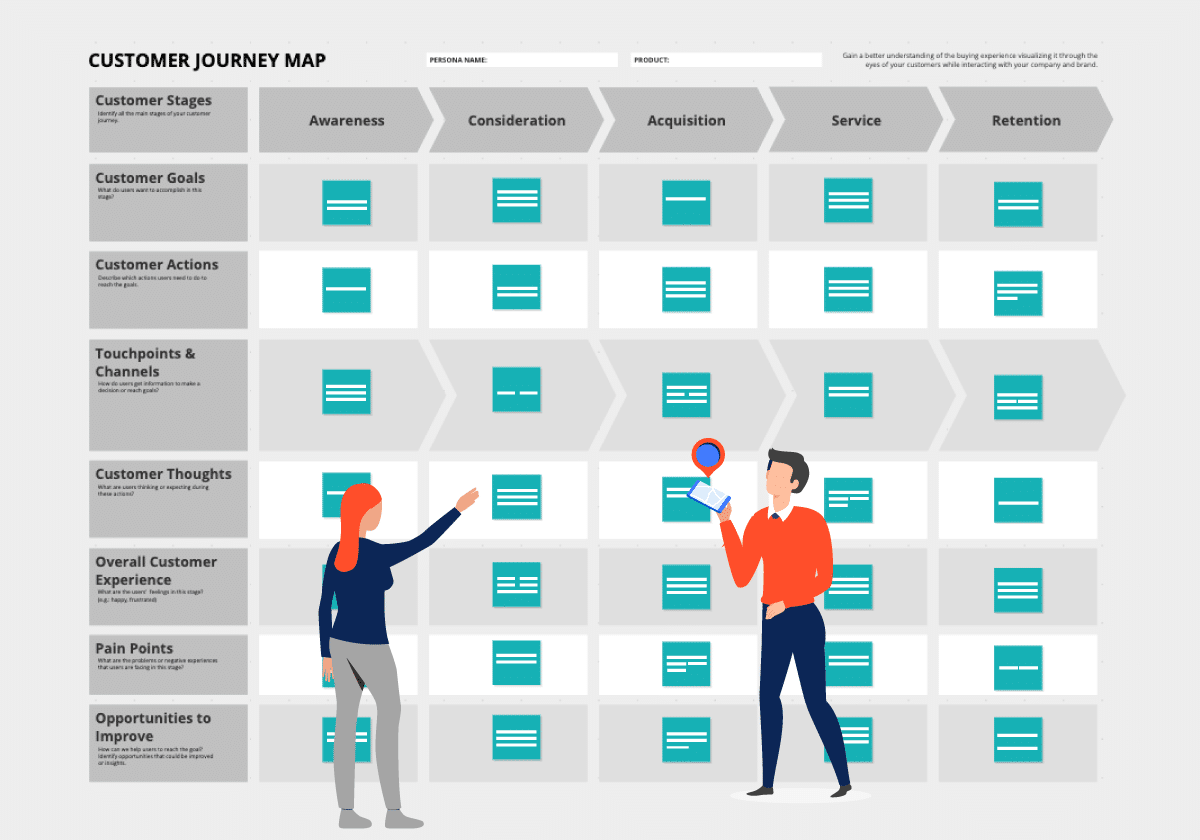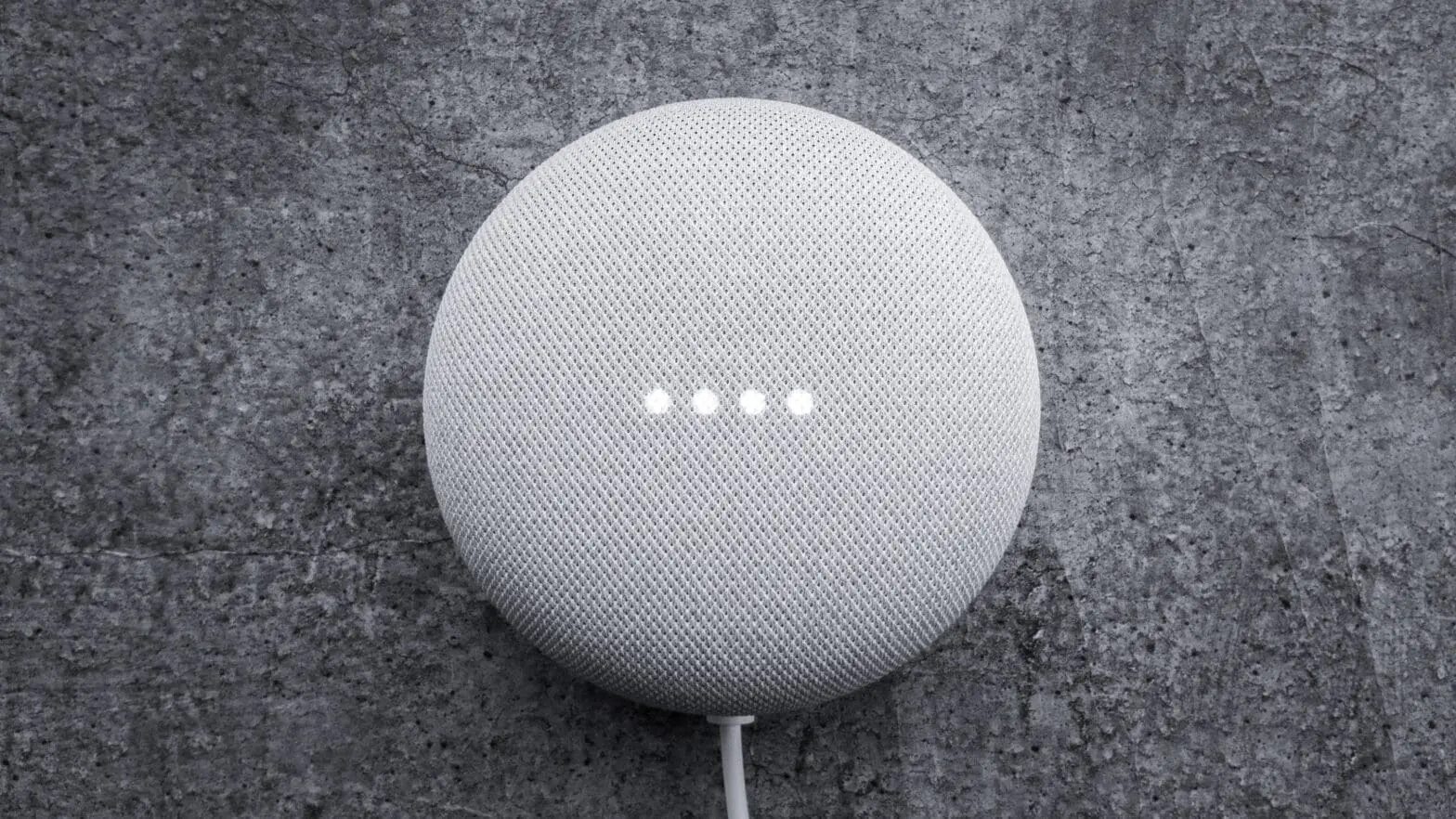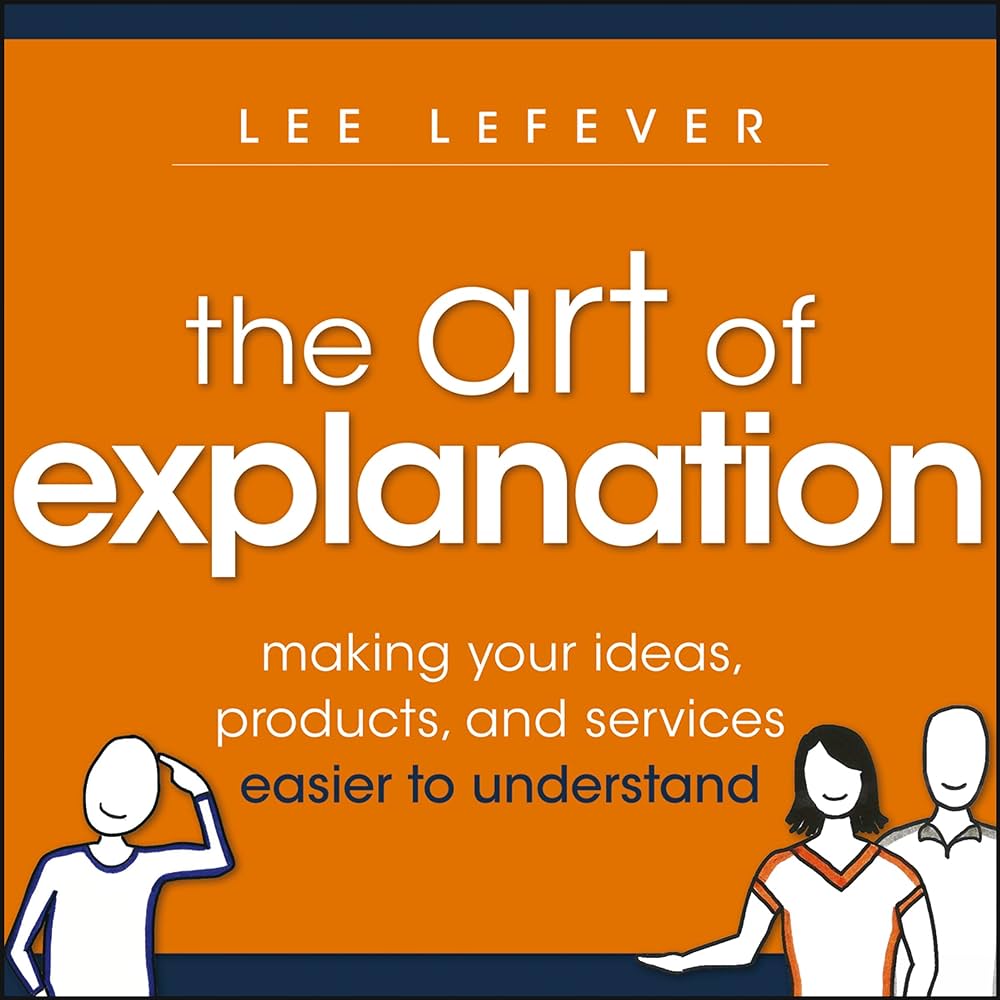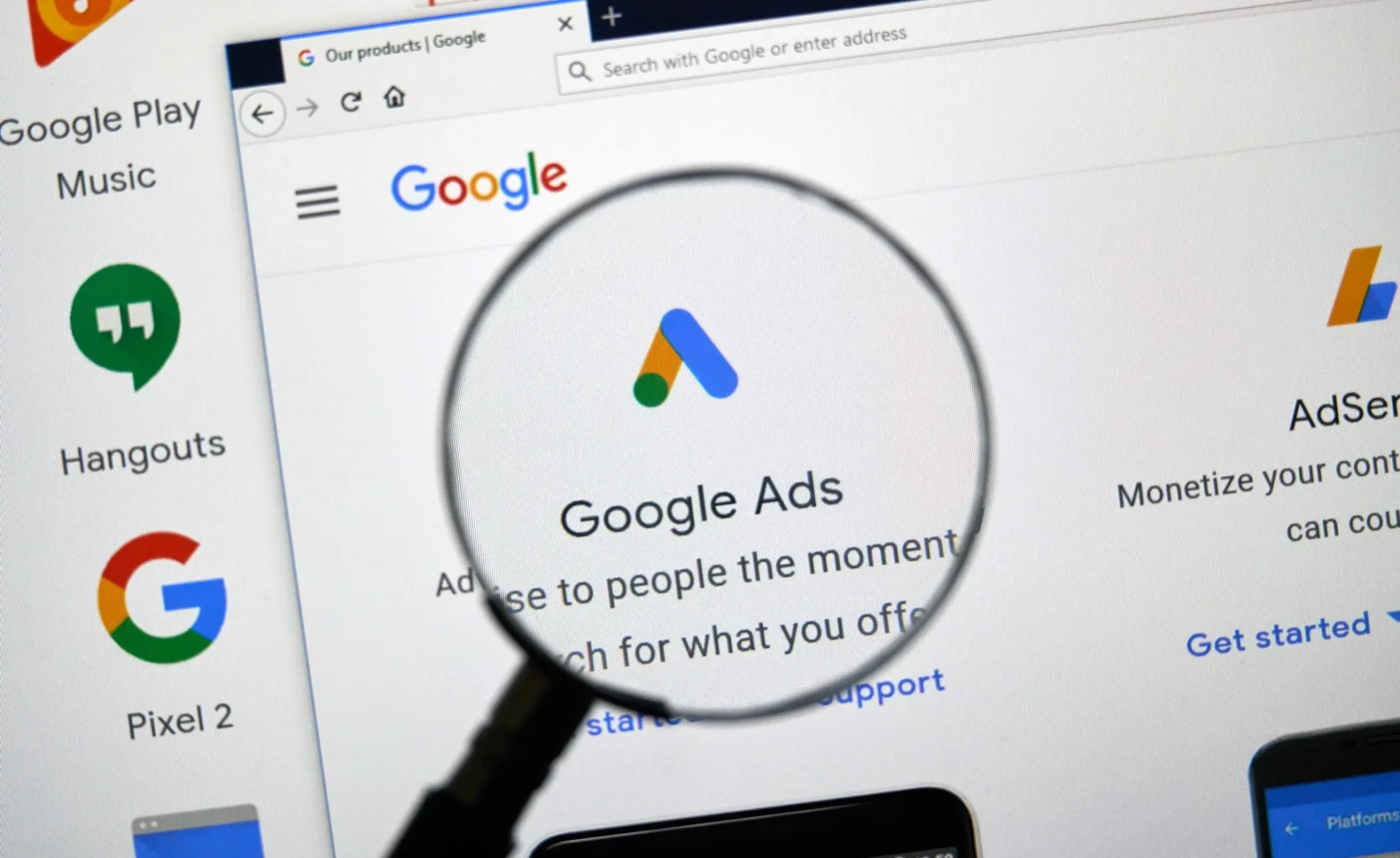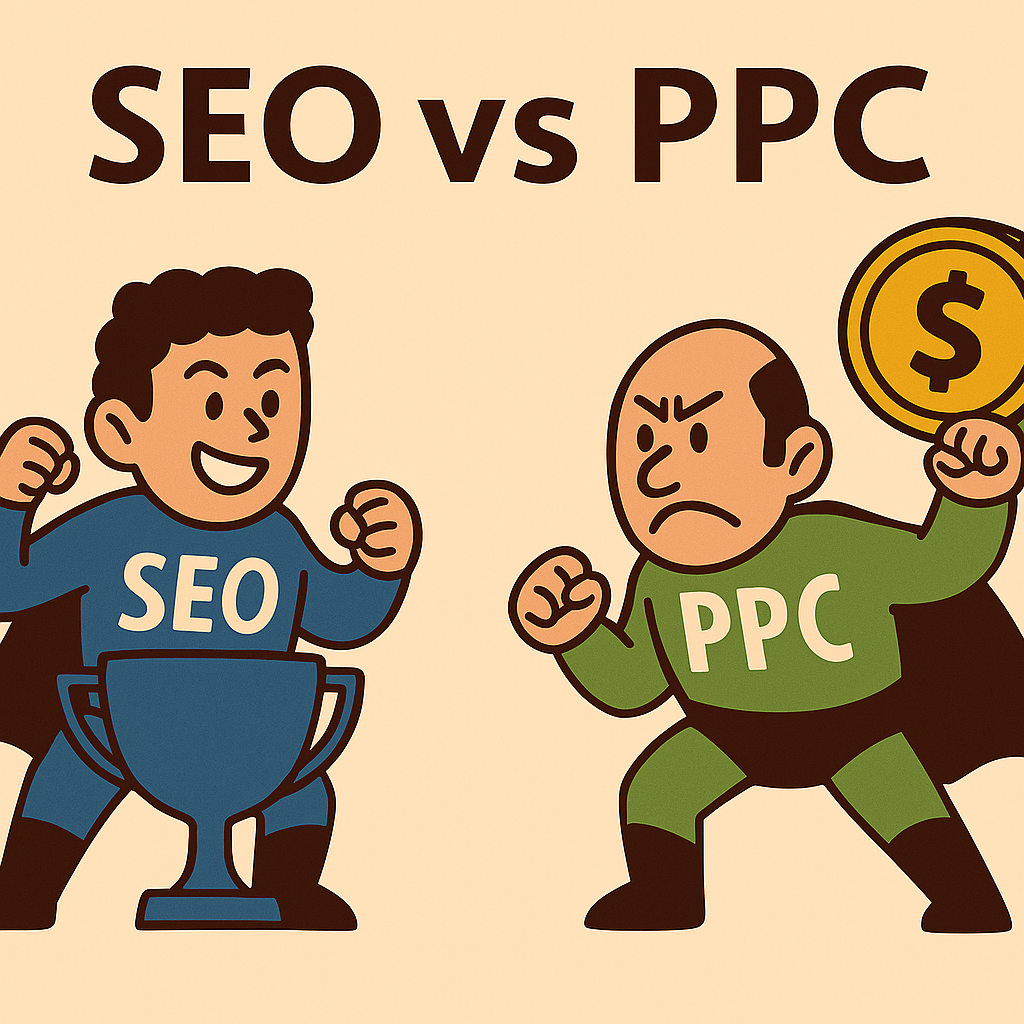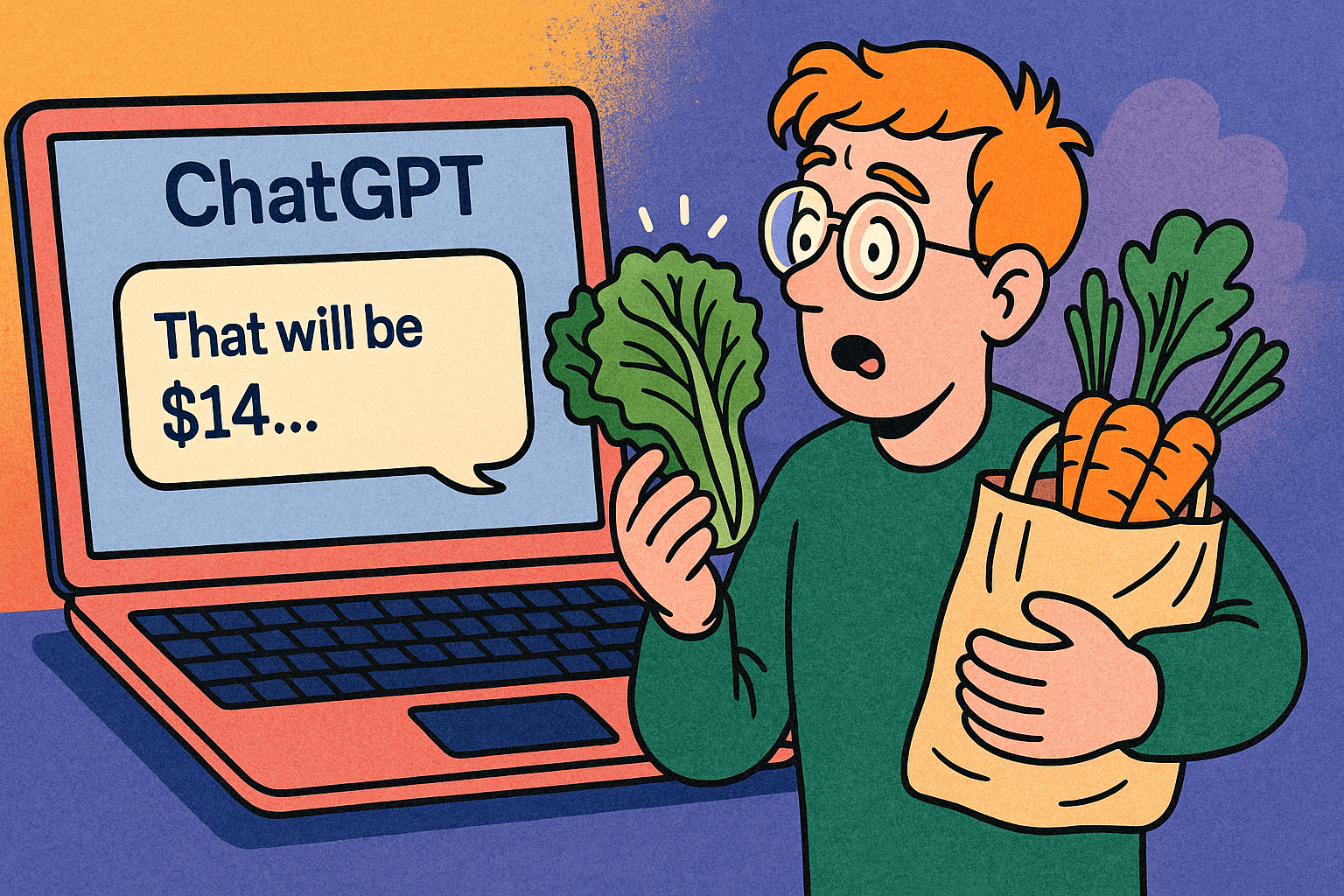
Creating a winning content strategy for both customers and search engines
Content Amplification Content Marketing SEO
Content marketing is at the heart of most efficient digital marketing campaigns, offering businesses an excellent opportunity to boost their results. A well-documented content marketing strategy can improve online visibility, create brand awareness and build communities. But, if you want to stand a chance of showing up on the SERPs and boosting organic traffic, writing […]
Content marketing is at the heart of most efficient digital marketing campaigns, offering businesses an excellent opportunity to boost their results. A well-documented content marketing strategy can improve online visibility, create brand awareness and build communities. But, if you want to stand a chance of showing up on the SERPs and boosting organic traffic, writing content that satisfies both users and search engines is essential. One can’t exist without the other.
You can write excellent content that is highly useful for the readers, but no one will ever read it if you don’t appear in Google SERPS. Also, you may rank number one in Google with a specific piece of content, but if it’s not helpful to users, they will leave the website immediately, and bounce rates will increase.
Table of Contents
Critical Elements of a Content Strategy
So, what are the key elements to consider when creating a content strategy?
Knowing your audience
To ensure your reach, you must understand their lifestyle, concerns, problems, and needs. Using demographic data to define your buyer persona and their buying journey will help you determine what they are interested in and how you could persuade them to take action.
Maybe your audience has not even entered the buying journey. But if potential customers have interacted with your brand in some way, good quality content will draw them into your brand’s universe and soon turn them into customers.
To create valuable content for a target audience, a talented content marketer would try to find the most important questions people are asking and build content around those questions.
For example, suppose you want to target women interested in “anti-wrinkle serum”. In that case, you should find questions women ask regarding this type of product (benefits, efficiency, comparisons with similar products, etc.) and create specific content answering these questions. Ensure you are using relevant words and phrases that are likely to persuade your public to take action.
![]()
Buyer persona template: Moz Academy.
Performing a full content audit
Performing a full content audit will help you understand which pages are already ranking, what can be done to improve existing content, and what gaps to fill to bring added value to your potential customers and become an established voice in your area of expertise. You can quote well-known specialists, include engaging video content, and add reviews and links to authoritative content to become more convincing.
Identifying the most appropriate type of content
The next step in creating a content strategy is to identify the best content type to produce. The most common content formats are:
If you have decided to create a podcast, you could make the most of your podcast-type content by transcribing the audio into a written piece.
Creating in-depth content might increase your chances of getting the Answer Box (ranking zero). The answer box can boost traffic to your website/blog, so earning it would be a big win.
Content Formatting
To make sure you grab users’ attention, you may use different content formatting techniques, such as:
- Bulleted paragraphs and number lists
- Headers
- Embed videos
- Short paragraphs
- Images
- Jump Links or faceted navigation widgets
Content Planning
Many factors can influence the success of your content strategy. But the critical factor is Consistency. You must regularly produce good quality content to keep your (potential) customers’ interest alive.
Therefore, creating a content calendar and promotional activities on various social platforms would be your next content strategy step. Details to be included in your content calendar are:
- Names of the Team members responsible for content
- Sales funnel stage
- Content Format
- Due date
- PuFormatng date
- Promotion channel
You can try Google Sheets, CoSchedule or the Editorial Calendar WordPress plugin to create easy-to-use content planning.
To make sure your content is correctly crawled, indexed and well-ranked by Google bots, you should also consider SEO best practices, such as:
Performing Keyword Research
Some specialists might argue that keywords are no longer essential for SEO, but the truth is that keywords are still crucial for understanding the intent behind the queries. The importance of keyword research has not changed. What has changed is how we conduct keyword research and create lists of related keywords (topics or themes) to capture the overall intent of your potential users.
Analyse your Google Analytics and Search Console accounts to identify contAnalyzech drives more traffic. Also, determine what your competitors are ranking for and search for ways of optimising your website for the same terms.
Focus on themes rather than optimise, and produce compelling articles that satisfy the intent behind all keywords around a specific theme. Ideally, content is organised in hubs, which could be described as sets of content (usually organised around a particular topic (usually a central page). It could be organised in a blog or a section of pages on a website. Content hubs are relevant to both web design and ongoing content marketing. As Neil Patel puts it, “a value-packed content hub is your best bet for creating a digital media magnet”.[….] “Your hub centralises all that you publish to provide its visitors a more interactivcentralizesble experience”.
Using Meta Tags
Even if meta descriptions won’t always appear as the snippet on the SERPs, optimising them as if they will show up is recommended. A well-written meta description is optimised, which may improve the click-through rate. To convince people to click, include the most important keyword at the beginning of the sentence and add a compelling call to action.
Meta titles are also a significant signal for search engines as to what the page is about. When writing the title tag, you should include the main keyword in the beginning and limit it to 60 characters.
Deciding Upon Content-Length
When deciding upon three, determine the length of a piece of content, check out the pages that already rank for your target keyword, and use them as a guide.
Optimising Website Speed for Desktop/Mobile
Website speed is another detail to consider when optimising for users and bots. If you are a marketer, you are optimising now that speed has become a direct ranking factor since Google’s Algorithm Speed Update. However, speed can also affect rankings indirectly, as it increases the bounce rate and reduces the time spent by the users on-page. Statistics show that 53% of mobile users leave a site that takes too long to load. A delay of just one second in page load time can reduce conversions by up to 7%, according to a report on Fast Company.
Many tools monitor site speed and offer optimisation instructions. Marketers and developers primarily use GTMetricsoptimizatione Speed Insights and Pingdom.
Some winning speed optimisation strategies in 2020 could involve prioritising content above the fold, minimising server response times, prioritising AMP, and decreasing the site’s weight.
For more ideas on website speed optimisatioptimizationt the video below in which John Mueller and Martin Spoptimizationters Trend Analyst at Google):
Conclusion
We all know fresh, good-quality content is more rapidly indexed and better ranked by Google than older, lower-quality content. When your content ranks well organically, this positively impacts brand awareness, increasing engagement with your business and turning users into customers. Therefore, SEO should be considered an essential part of the overall marketing process, and a correct content strategy should try to satisfy both user intent and search engine bots’ requirements.





